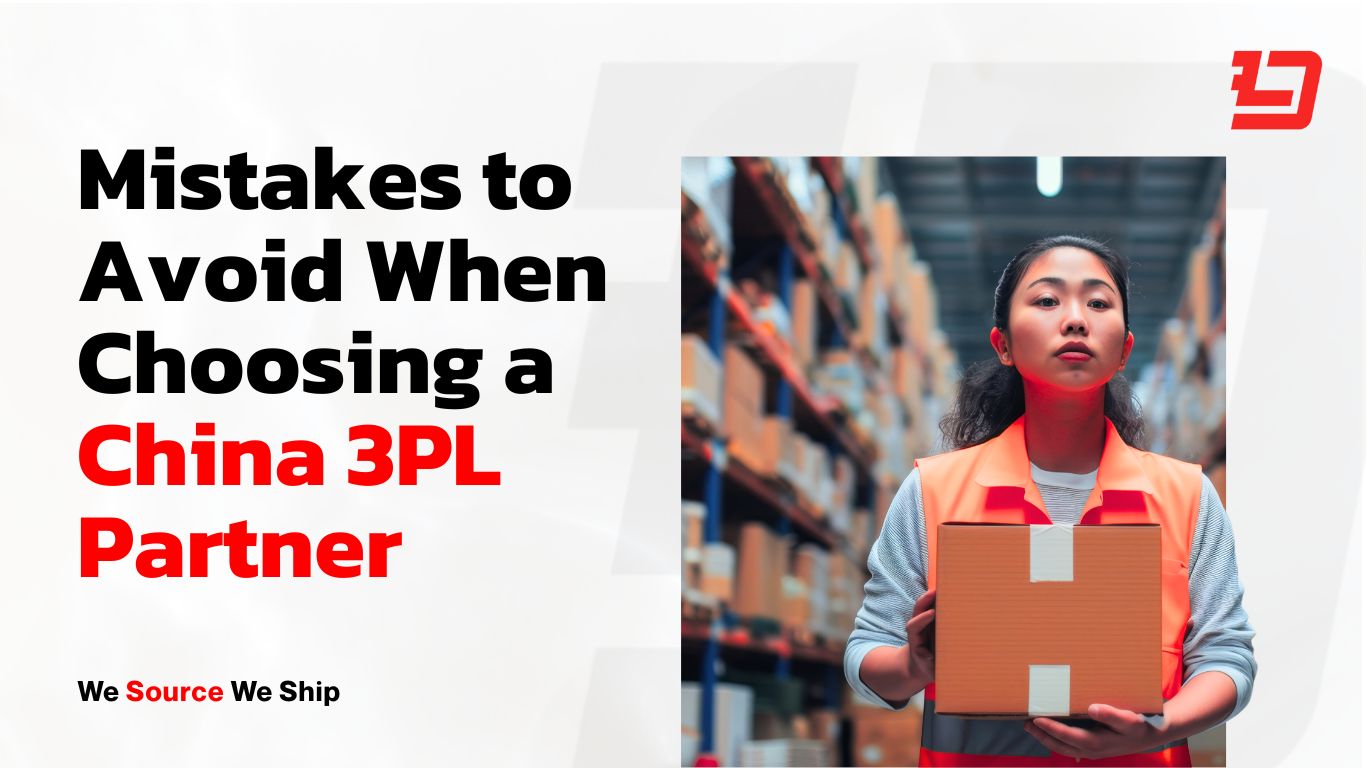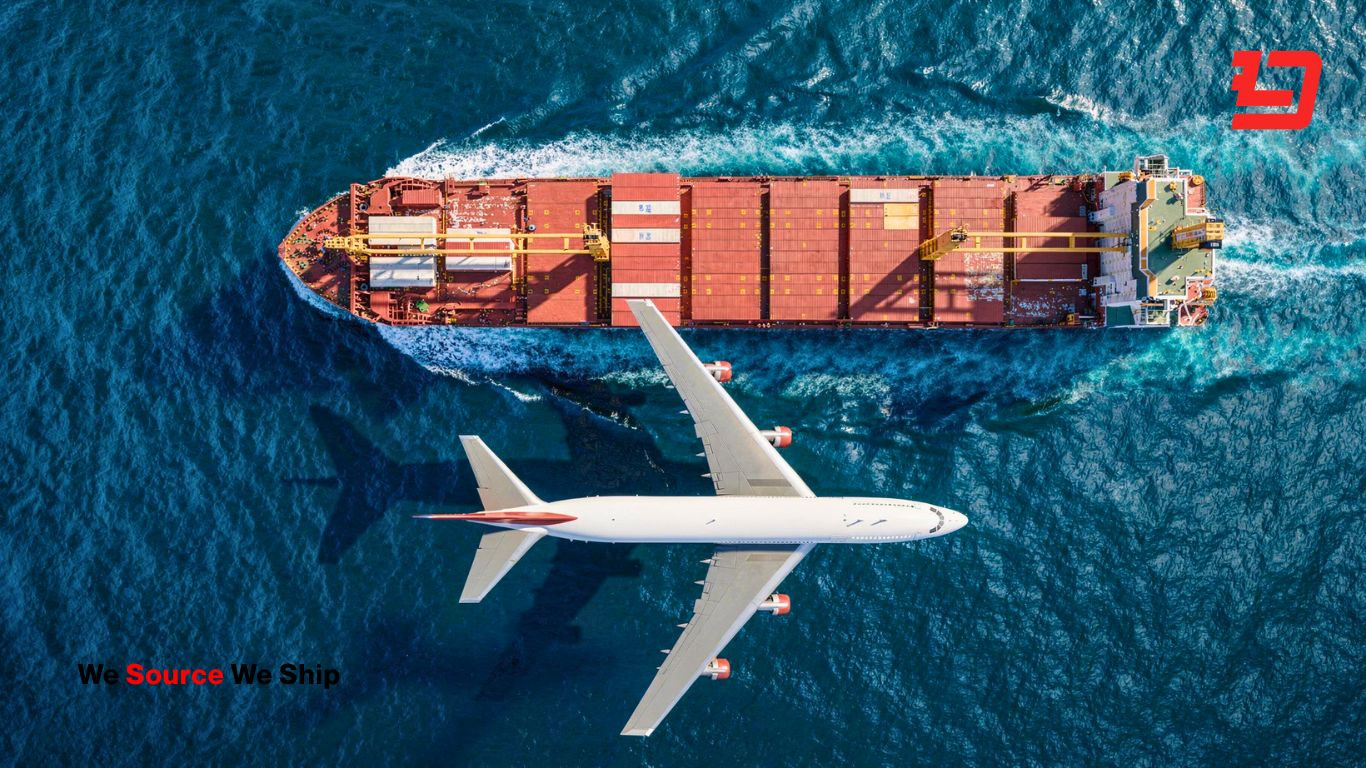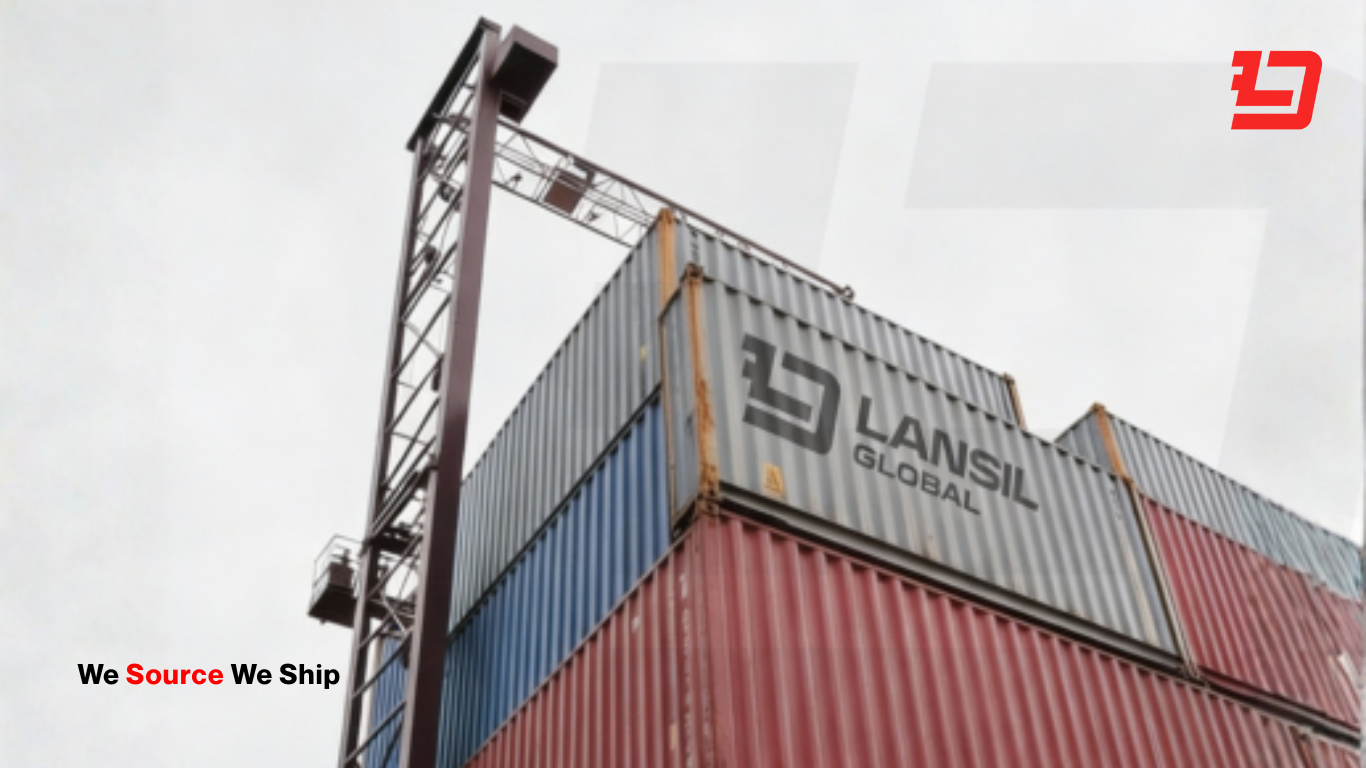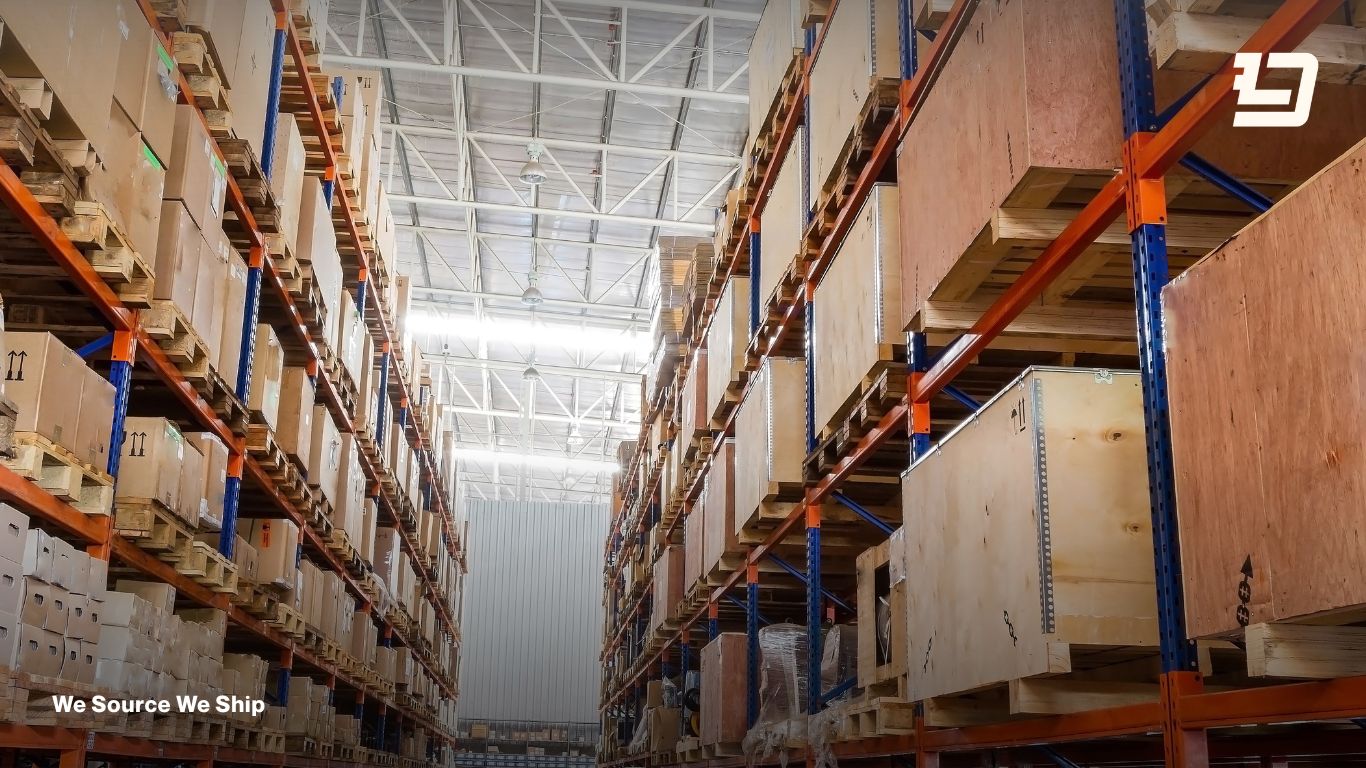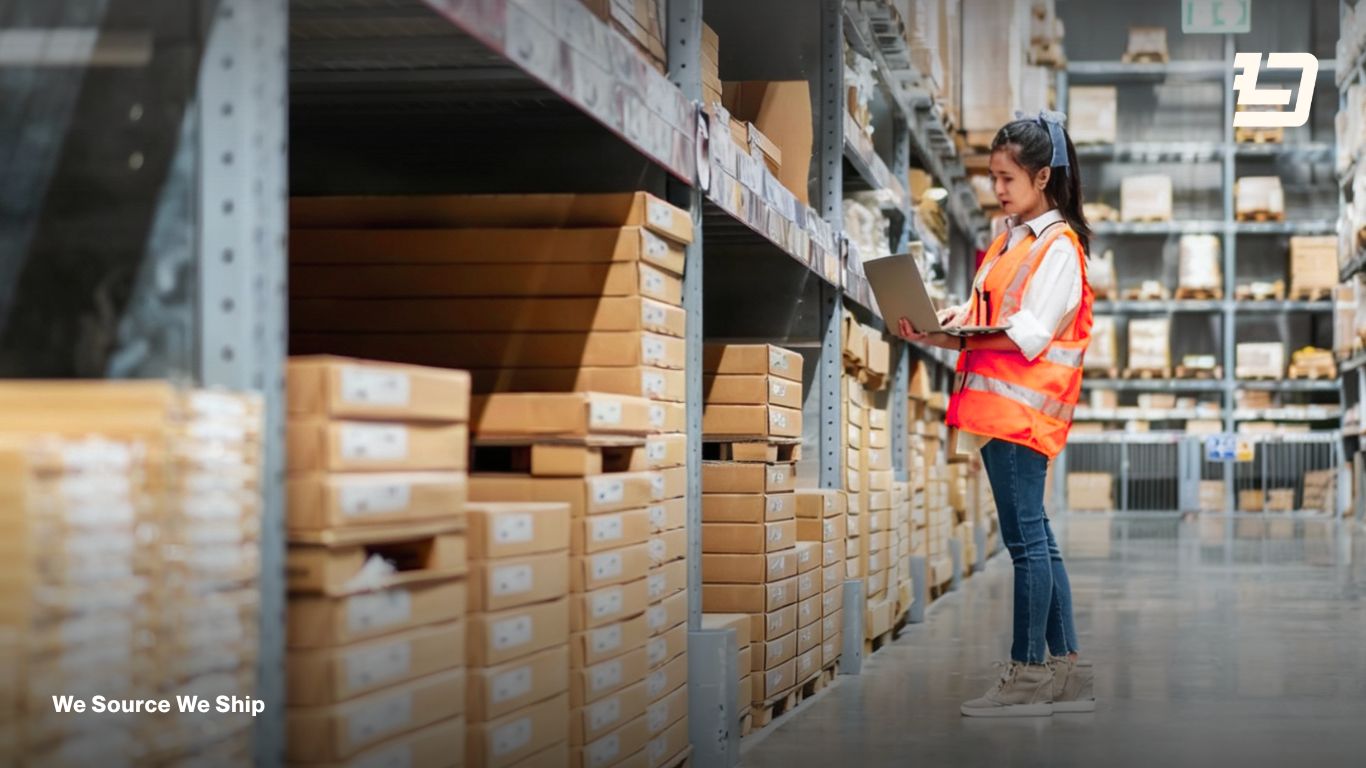Ecommerce brands scaling into global markets often struggle with the complexity of logistics. Partnering with a reliable China 3PL (third-party logistics) company can free up your time, cut costs, and speed up delivery. In our China order fulfillment for ecommerce brands article we explained the fundamentals. Now let’s talk about the costly mistakes that trip up many ecommerce brands when choosing a China 3PL.
The stakes are higher than ever. The China 3PL market is expected to reach USD 303.37 billion in 2025, growing steadily from USD 283.9 billion in 2024. Cross-border ecommerce exports from China hit RMB 2.15 trillion (over USD 300 billion) in 2024, which was a 16.9 percent increase year over year. Globally, the 3PL market is projected to exceed USD 1.4 trillion in 2025, showing how logistics is no longer just an operational issue but a core growth strategy.
Choosing the wrong fulfillment partner in China is not just inconvenient. It can mean higher costs, slower delivery, compliance issues, and frustrated customers.
Best Practices for Ecommerce Brands Choosing a China 3PL
Choosing a 3PL in China isn’t just about picking the lowest price. It’s about setting up a logistics system that can grow with your brand. The right partner will save you headaches, money, and customer complaints down the road.
1. Start with a pilot run
Test before you trust. A small-scale trial lets you see how the 3PL performs in real conditions without risking your entire catalog.
Example: A lifestyle brand sent just one SKU to a China warehouse. Within two weeks, they discovered order syncing delays that would have created chaos if all products were onboarded at once.
Tip: Always start with a limited batch before sending full inventory.
2. Negotiate clear service-level agreements (SLAs)
Verbal promises mean nothing unless they’re written down and measurable. SLAs set targets for accuracy, shipping times, and resolution steps.
Example: A skincare company locked in a 99.5% accuracy rate. When mistakes rose above that level, the SLA forced corrective action within 30 days.
Tip: Put SLAs into the contract so they’re enforceable, not just good intentions.
3. Use hybrid fulfillment models
Don’t put all your stock in one basket. Balance direct China fulfillment with overseas warehouses to stay flexible.
Example: An apparel brand stored slow movers in Shenzhen but shipped top sellers to a U.S. warehouse for two-day delivery. This setup cut tariffs and boosted customer satisfaction.
Tip: Split inventory based on where your main customers live.
4. Audit your 3PL regularly
Don’t assume smooth today means smooth tomorrow. Consistent checks catch issues before they snowball.
Example: A tech accessories seller requested quarterly photos and reports. They spotted packaging problems early and fixed them before peak season.
Tip: Run structured audits at least every quarter.
5. Plan for scalability
Your provider should handle holiday surges and product launches without melting down.
Example: A toy company doubled orders during Christmas. Their 3PL added staff overnight and kept orders moving, protecting revenue.
Tip: Ask how quickly the provider can add space or staff if volume spikes.
6. Ensure proper returns management
Returns are part of ecommerce. A weak reverse logistics process will burn both money and reputation.
Example: A shoe brand’s 3PL handled local inspections and restocking. This cut return processing from 30 days to just 10.
Tip: Confirm the 3PL’s returns process before signing, not after problems show up.
7. Keep contracts flexible
The market changes fast. You don’t want to be trapped in a rigid deal.
Example: A supplement seller signed a six-month agreement with flexible scale-up options. When sales dipped, they cut storage costs without penalties.
Tip: Push for terms that allow you to scale up or down and include clear exit clauses.
Quick 3PL vetting guide
Here is a practical table to compare providers side by side:
| Criteria Like | Questions to Ask | What Good Looks |
|---|---|---|
| Location | Is the warehouse near my factory or export hub? | Shenzhen, Guangzhou, Ningbo hubs |
| Tech | Can it integrate with Shopify or Amazon? | Real-time dashboards, API, alerts |
| Compliance | Do they manage customs, HS codes, and duties? | Proven export documents and DDP service |
| Costs | Are all fees transparent and predictable? | Itemized quotes, no surprise charges |
| Returns | Do they handle inbound returns? | Reverse logistics, restocking, refurb |
| Contracts | Can I scale up or exit easily? | Flexible terms and scalable pricing |
| Reputation | Do they have case studies or audits? | Client references and inspection reports |
Best Practices for Ecommerce Brands Choosing a China 3PL
Selecting the right partner goes beyond comparing price quotes. It is about building a logistics system that can scale with your business.
1. Start with a pilot run
A small trial allows you to test accuracy and response times before committing all your inventory. The safest approach is to always begin with a limited batch before sending full stock.
2. Negotiate clear service-level agreements
Setting measurable targets for accuracy and shipping speed ensures accountability. The best way to protect yourself is to write SLAs into the contract so they are enforceable, not just promises.
3. Use hybrid fulfillment models
Balancing direct China fulfillment solutions with overseas warehouses creates flexibility. You should evaluate where your main customers are located and split inventory accordingly to reduce tariffs and improve delivery times.
4. Audit your 3PL regularly
Consistent reviews prevent small issues from becoming major problems. The most effective practice is to schedule structured audits at least every quarter, even if everything appears smooth.
5. Plan for scalability
Your 3PL must be able to handle growth during seasonal peaks and product launches. Always ask how quickly they can expand storage or staff if volumes spike.
6. Ensure proper returns management
Returns are unavoidable and need to be handled efficiently. Confirm the 3PL’s reverse logistics process before you sign, not after issues arise.
7. Keep contracts flexible
Rigid agreements can trap your business as demand shifts. Protect yourself by pushing for contracts that allow scaling up or down and include clear exit clauses.
Read more: How to Choose the Best China 3PL Company
Lansil Global operates a Shenzhen-based fulfillment hub supported by U.S. warehouses on both coasts. This structure allows ecommerce brands to ship directly from China or store inventory closer to their customers in the United States. The company’s approach emphasizes transparency, flexible terms, and integrated systems that connect with leading ecommerce platforms. By combining compliance support with practical fulfillment services, Lansil Global helps brands manage international supply chains more effectively.
Choosing the right China 3PL is one of the most important decisions an ecommerce brand can make. The wrong choice can lead to hidden fees, delays, compliance problems, and frustrated customers. The right choice gives you transparency, speed, and flexibility to scale confidently.
The lessons are straightforward. Do not chase low costs without understanding the full fee structure. Select warehouse locations near your production hubs. Ensure that your provider offers strong technology integration, compliance expertise, and returns support. Carry out audits regularly to keep standards high. And always keep your contracts flexible.
If you are ready to simplify your supply chain with a reliable partner, contact Lansil Global today to explore direct China fulfillment solutions and U.S. warehouse options tailored to your brand.


